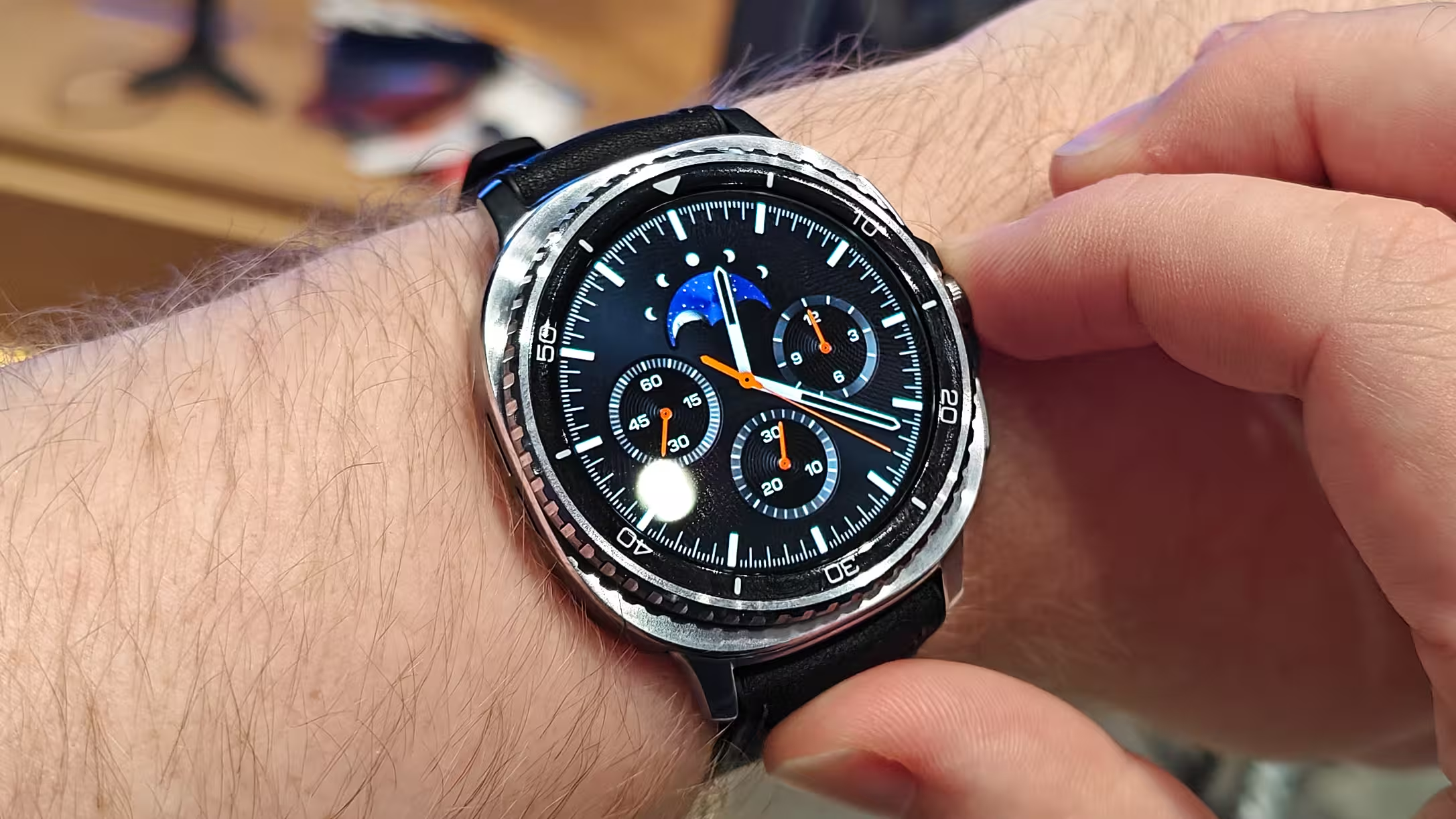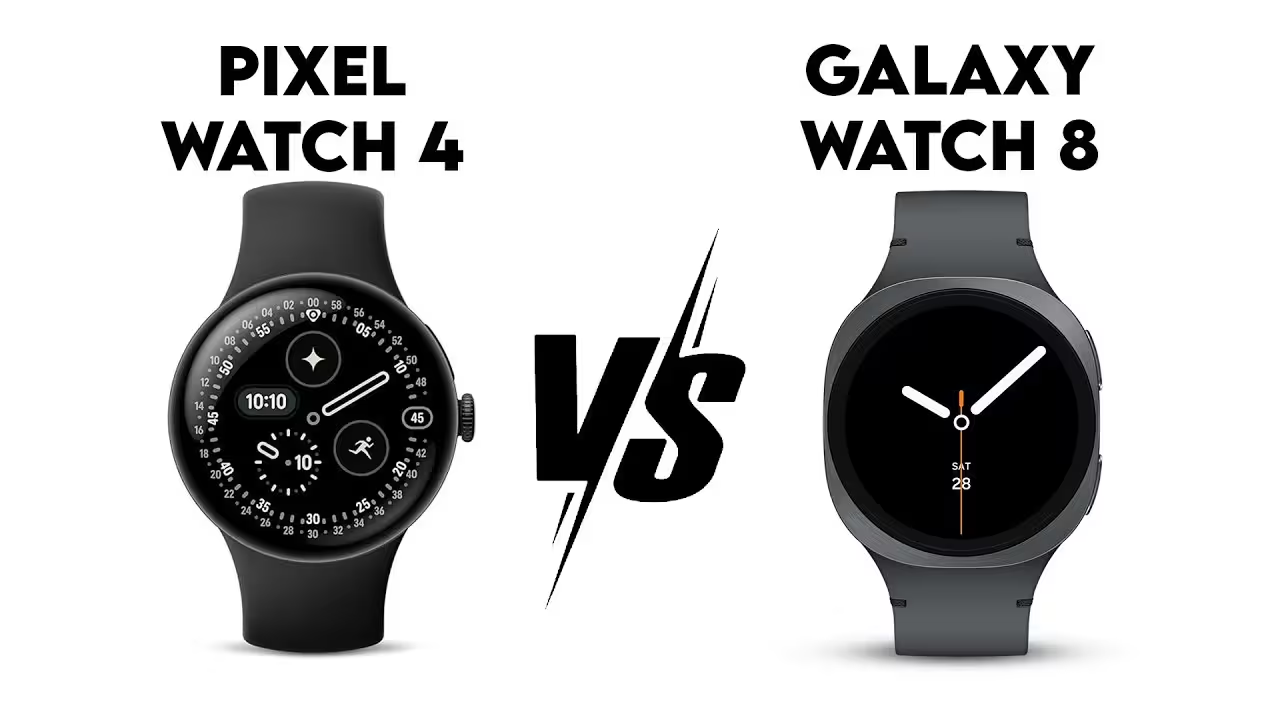4 Minutes
Choosing a smartwatch can feel personal — it needs to sit well on your wrist, sync smoothly with your phone, and actually improve daily life. After weeks with the Galaxy Watch 8, I found reasons that made it my daily pick over the Pixel Watch 4. Here’s why the Watch 8 wins my routine.
Tiles reimagined: less swiping, more sense
Small design choices add up. Samsung’s One UI 8 on the Galaxy Watch 8 upgrades Wear OS tiles in a way that actually changes how I use my watch. Instead of one tile per screen and endless horizontal swipes, Samsung lets you stack multiple tiles vertically on a single page. Imagine grouping steps, sleep, stress, and workout data into one scrollable column — it saves time and keeps my wrist glanceable.
The visuals matter too. Samsung’s interface uses vivid colors and lively illustrations that feel less sterile than many Wear OS defaults. Google is moving toward Material 3 expressive design, but for now the Galaxy Watch 8 simply looks and feels more engaging in daily use.
.avif)
Health tracking that goes beyond the basics
Pixel Watch 4 shines with Google and Fitbit tech for accurate heart rate and sleep tracking. But Samsung packs a wider set of health metrics that caught my attention. Beyond ECG and blood pressure, the Watch 8 includes newer measures like vascular load, which flags the strain on your circulatory system tied to poor sleep, alcohol, or inactivity.
There’s also an antioxidant index that estimates carotenoid levels through the skin — a helpful nudge if your diet needs more fruit and veg. For someone working remotely and prone to slipping into a sedentary routine, these insights have nudged tangible behavior changes. Runners get personalized coaching, too, which can help improve performance while reducing injury risk.
Gestures that actually reduce taps
One of my favorite day-to-day features: pinch and wrist gestures. The Galaxy Watch 8 supports two-finger pinch and double-pinch actions for dealing with notifications, media, and alarms without reaching for my phone or using both hands. A double wrist flick rejects calls; a knock gesture brings up the flashlight. These feel polished and reliably useful.
Samsung also offers Universal Gestures under accessibility settings, enabling users to operate the watch with simple hand movements. That’s a meaningful accessibility win that the Pixel Watch 4 currently lacks beyond basic voice and TalkBack features.

Software support that keeps older devices useful
Smartwatches aren’t replaced every year, so long-term updates matter. Samsung has been promising and delivering multi-year Android updates for phones, and it’s extending similar attention to watches. One UI 8 is rolling out to prior Galaxy Watch models, and Samsung has confirmed Wear OS 6 updates for watches going back to Watch 4.
Longer support means I can hand older Galaxy Watches to family members without worrying they’ll be obsolete in a season. Meanwhile, the original Pixel Watch’s guaranteed update window is shorter and leaves some uncertainty about future Wear OS upgrades.

A practical trade-off
To be fair, the Pixel Watch 4 has strengths: improved repairability, satellite communication features, and deep Google integration. For someone who prioritizes those specific capabilities, it could be the better buy. For me, daily convenience matters more than occasional advanced features.
After wearing Galaxy Watches since their Wear OS era began, the overall package — refined tiles, richer health metrics, useful gestures, and longer software support — makes the Galaxy Watch 8 the smartwatch I reach for each morning.

Leave a Comment